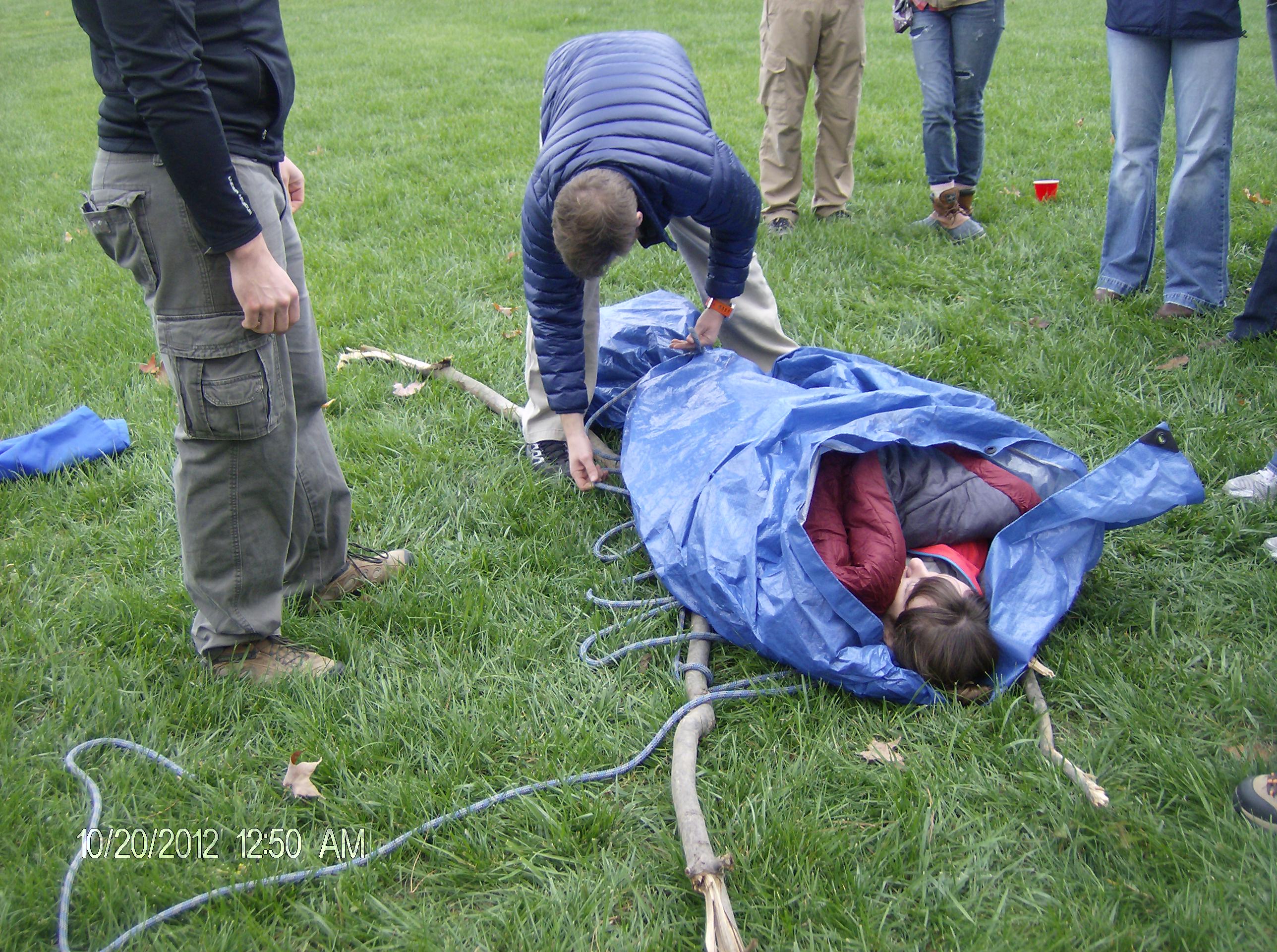STOP, LOOK, and LISTEN.
The very first thing required in any emergency situation is to evaluate the area and make sure that you and everyone else are in a safe space. So stop, take a breath and make a plan for where you are about to go. Once you are sure the area is “safe” you can get to work.
The next thing is to get to the injured person and do an initial survey of the situation and injuries This is done by looking and speaking to them without touching them as anything you do at this point could cause more damage. You will need to see if there Do you see any blood? Where is it coming from? What about limb deformities? If so, which ones. Are there any objects that will cause difficulty in treating the injuries? Can they be cleared or do you need to find a way to work around them?
Now it’s time to your ABCDE’s: Airway/Head and Neck/Breathing, Circulation, Disability/Deformity, and Exposure assessment.
Airway: If the person is conscious and talking, then they have a clear airway, but they might have a neck injury which will require stabilization. In the case of any significant fall, or one with an accompanying head injury, be sure that the cervical (neck) spine is stabilized. If the person is unconscious or can’t talk, be sure that the airway is clear of obstruction before going further. Gently lowering the jaw while holding the forehead steady will allow you to see if anything is causing an obstruction. Do not blindly probe their mouth. You could push an unseen object backward and cause an obstruction where none had previously existed.
Breathing: Is the person breathing on their own? If they can talk, they are breathing. Is there any reason to suspect a possible lung injury? Do they have any evidence of a chest injury that could have broken a rib? A broken rib can puncture a lung and lead to air in the chest collapsing the lung on that side.
Circulation: Check for obvious bleeding, but also in the case of extremity injury, is there good blood flow to the far portions of the extremity? Is the color of distal (far) limb pink or pale/bluish? Is it warm to the touch or cool/cold? Pink and warm = good. Anything else indicates blocked blood flow which may be due to arterial injury or compression. Arterial injury needs repair soon. Compression can often be correct by adjusting the limb to an appropriate angle.
Disability/Deformity: Is neurologic function intact or are they confused, unable to answer questions or showing other signs of significant head injury? Are there limb deformities, obvious chest or facial depressions indicating broken bones? Depending on what you find, a variety of things may be needed from re-evaluation of the airway, to splinting or bandaging.
Exposure: How long has it been since the injury took place? Are they becoming chilled or hypothermic? Cold =shock. Putting a warm cover over an injured party ASAP is essential even in hot weather.
Once you have them stabilized you can then go about fixing the issues at hand or seeking the help that you need. For more in-depth information on how to stabilize an injured party please check out our source at the Prepper Journal
Remember, if you have access to medical professionals or emergency services please contact them as soon as possible to help expedite assistance!
Source: The Prepper Journal
